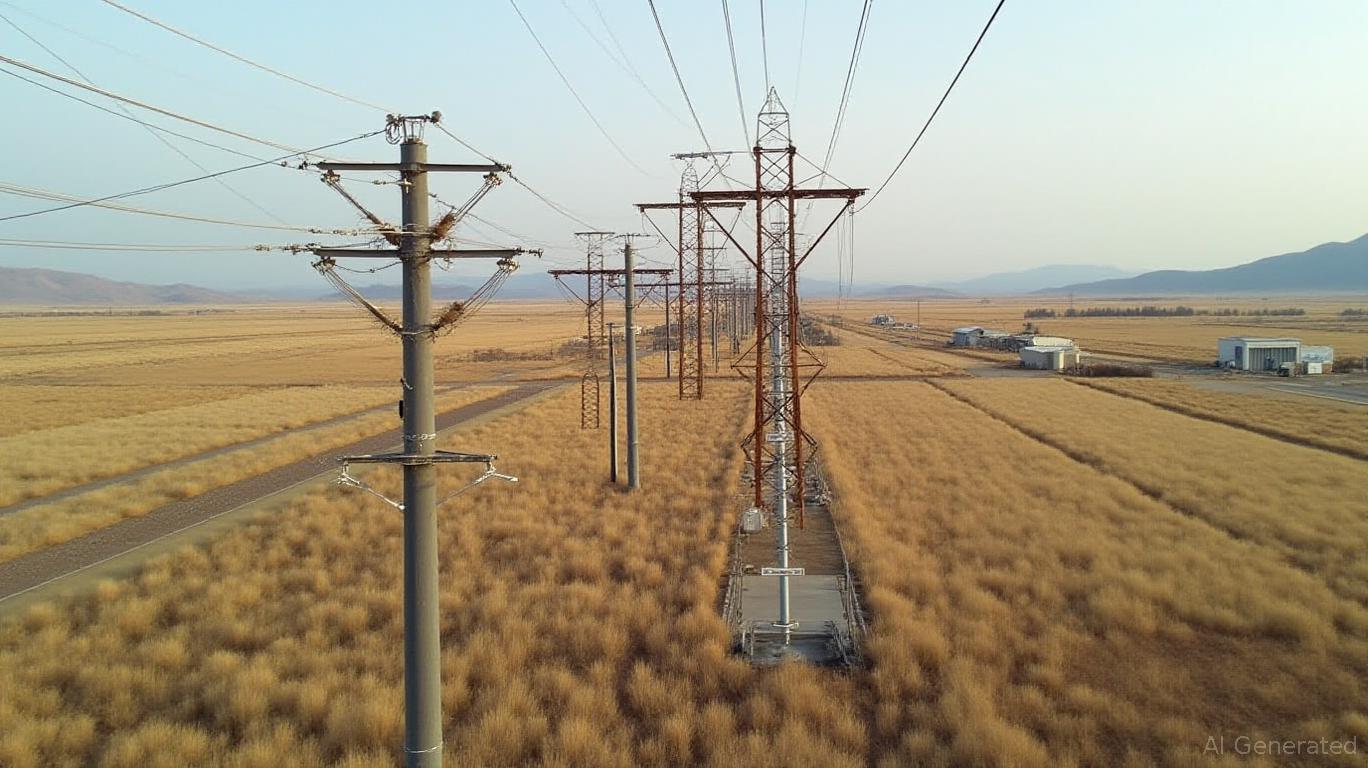AEP Faces Stormy Headwinds Amid Strategic Shifts: A Balancing Act for Utilities
Subheading: Severe Ohio outages test resilience as AEP navigates leadership changes, grid upgrades, and investor expectations.
Lead: Last week, American Electric Power (AEP) faced a dramatic test of its grid resilience as severe storms crippled service across Ohio, leaving thousands without power amid worsening weather forecasts. The incident underscores a growing challenge for utilities: balancing immediate operational demands with long-term infrastructure investments in an era of climate volatility.
The Storm’s Toll: AEP’s Operational Crucible
The storms, packing winds up to 70 mph, caused over 800 downed power lines, 100 damaged poles, and 42 transformer failures. By the time of AEP Ohio’s latest update, 90% of customers had power restored, but roughly 7,100 remained in the dark. Crews of 1,300 scrambled to repair damage while bracing for new storms threatening 60–70 mph winds and isolated tornadoes.

The outage response highlights AEP’s dual role: immediate crisis manager and long-term infrastructure planner. For investors, the stakes are clear: grid reliability directly impacts customer satisfaction and regulatory scrutiny. As AEP CEO Michael Rippey noted in a recent earnings call, “Resiliency isn’t optional—it’s foundational to our value proposition.”
Strategic Moves to Counteract Risk
While the Ohio storms dominated headlines, AEP has been quietly executing moves to strengthen its position:
Leadership Overhaul: The board added Joseph G. Sauvage, a Citigroup veteran with deep energy finance expertise, as Donna James retired. The shift signals a focus on capital allocation and shareholder returns—critical as AEP’s stock dipped 0.74% this week amid market jitters.
AEP TrendTexas Transmission Expansion: AEP Texas is building a 765-kV transmission line—its highest-voltage project to date—to serve the Permian Basin’s growing energy demands. The line, part of a three-year resiliency plan, will boost grid capacity while addressing wildfire risks via vegetation management.
Asset Divestiture: Selling its distributed energy business (AEP OnSite Partners) to Basalt Infrastructure Partners for ~$315 million after taxes. The move frees capital for core grid investments while reducing operational complexity.
The Investor’s Dilemma: Dividends vs. Resilience
AEP’s 7.06% stock gain in the previous quarter suggests investor optimism, but the recent dip after the Ohio outages hints at unease. The company’s $0.93 per-share dividend—declared just days after the storm—remains intact, reflecting its financial discipline.
Yet, the storms force a question: Can AEP sustain shareholder returns while modernizing its grid? Analysts at Jefferies note that AEP’s 6–7% long-term earnings growth target hinges on both infrastructure spending and operational efficiency. The $315 million from the OnSite sale could fund initiatives like Texas’s 765-kV line, which has a projected 10-year payback period.
Conclusion: AEP’s Balancing Act Defines Utility Resilience
AEP’s recent week encapsulates the utilities sector’s core challenge: adapting to climate risks while meeting investor expectations. The Ohio outages, though resolved quickly, reveal vulnerabilities in legacy infrastructure. Conversely, moves like the Texas transmission project and leadership shakeup signal proactive adaptation.
For investors, AEP’s dividend (yielding ~3.2% at current prices) remains attractive, but the stock’s sensitivity to operational hiccups—reflected in its -0.74% dip post-storm—underscores the need for sustained grid investment. AEP’s 2024 earnings guidance ($5.53–$5.73 per share) and FFO/Debt target (14–15%) provide guardrails, but execution will determine if this utility giant can weather future storms.
Actionable Takeaway: Monitor AEP’s capital allocation—specifically, how much of the OnSite sale proceeds go to grid hardening—and its dividend stability. For now, the stock’s dividend yield and Texas growth bets position it as a cautiously optimistic play in a sector bracing for climate-driven volatility.

_ea5fa73f1750203501414.jpg)
_dab570481750202897772.jpg)






